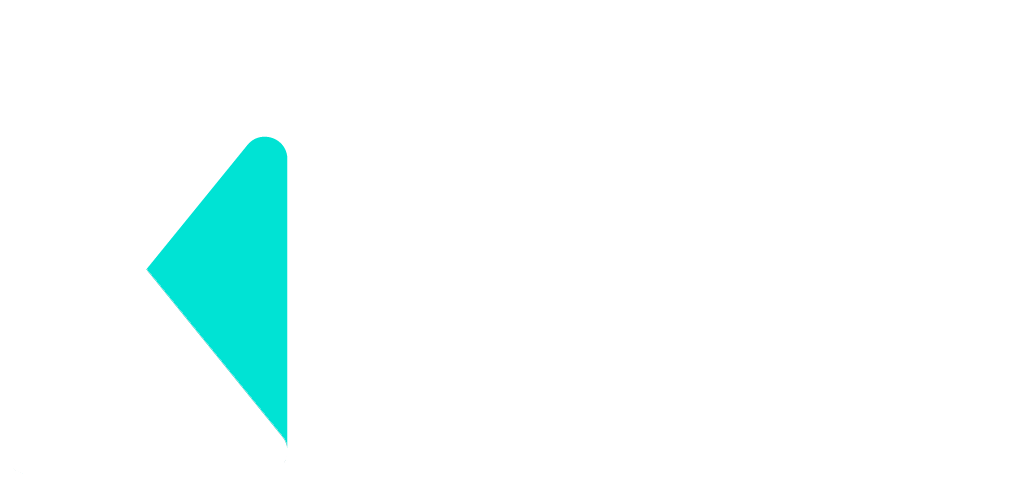Here are
some of the steps you should take if you are trying to get management support
to improve the resource efficiency of your business.
Understand
Their Perspective:
Before
approaching management, take the time to understand their perspective and
priorities. Are they focused on cost reduction, compliance with regulations,
reputation management, or long-term sustainability goals? Tailor your pitch to
align with their key objectives and concerns.
Demonstrate
the Business Case:
Build
a compelling business case that clearly outlines the benefits of resource
efficiency initiatives. Highlight how these initiatives can result in benefits
such as cost savings, increased competitiveness, meeting customer needs,
reduced risk, and improved brand image. You can download the Meeting Agenda Template, which can be amended and
edited to suit your needs.
Set
Clear Objectives and Targets:
Establish clear and measurable objectives for resource efficiency. Define specific targets, such as reducing energy consumption by a certain percentage or minimizing waste generation. Management is more likely to support initiatives with well-defined goals and expected outcomes.

Showcase
Quick Wins:
Start
with small, manageable projects that can deliver quick wins. These early
successes can build momentum and demonstrate the feasibility and benefits of
resource efficiency initiatives. You will find some examples of these
initiatives in the ‘Efficiency Opportunities’ modules. Share any successes with
management to gain their confidence.
Engage
Stakeholders:
Involve
key stakeholders from different departments and levels within the organization.
Encourage their participation in brainstorming sessions and decision-making
processes. This inclusive approach can help create a sense of ownership and
support for resource efficiency efforts.
Highlight
Regulatory Compliance:
Emphasize
the importance of staying ahead of regulatory changes and compliance
requirements. Resource efficiency initiatives can help the company avoid fines,
legal issues, and reputational damage associated with non-compliance.
Invest
in Employee Training:
Show
how investing in employee training and development for resource efficiency can
lead to a more skilled and motivated workforce. Engaged employees are more
likely to support and contribute to these initiatives. You’ll find out more
about staff engagement and employee training in the next section.

Link
to Sustainability Goals:
If
your organization has sustainability goals or commitments, demonstrate how
resource efficiency aligns with these objectives. Highlight the role of
resource efficiency in reducing the company's environmental footprint and
contributing to a better future.
Risk
Mitigation:
Discuss
how resource efficiency can mitigate risks associated with supply chain
disruptions, resource scarcity, and volatile market conditions. By being
resource-efficient, the company can build resilience against these
uncertainties.
Measure
and Communicate Progress:
Implement
robust measurement and reporting systems to track the progress of resource
efficiency initiatives. Regularly update management on key performance
indicators and the impact of these initiatives on the bottom line.
Celebrate Achievements:
Acknowledge
and celebrate milestones and achievements in resource efficiency. Recognition
and positive reinforcement can further motivate both employees and management
to stay committed to these efforts.








